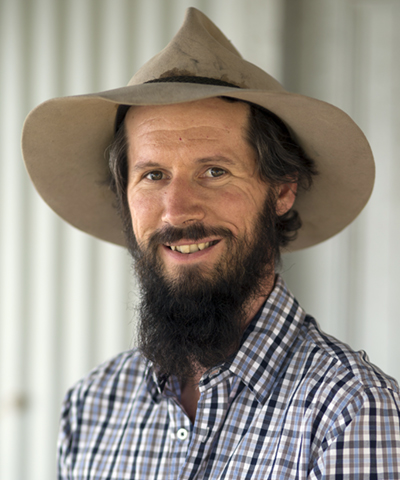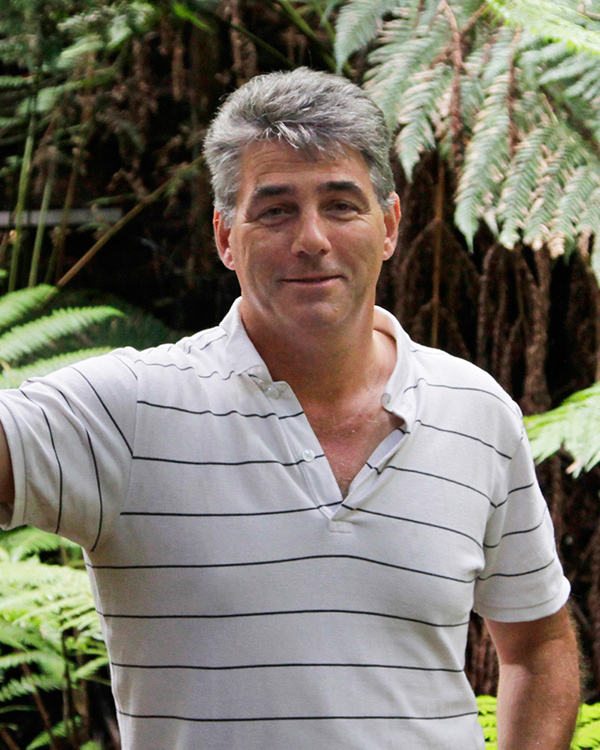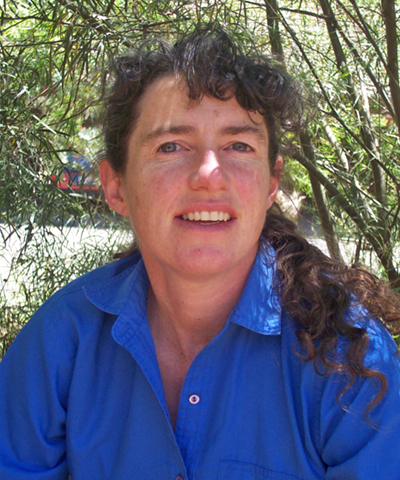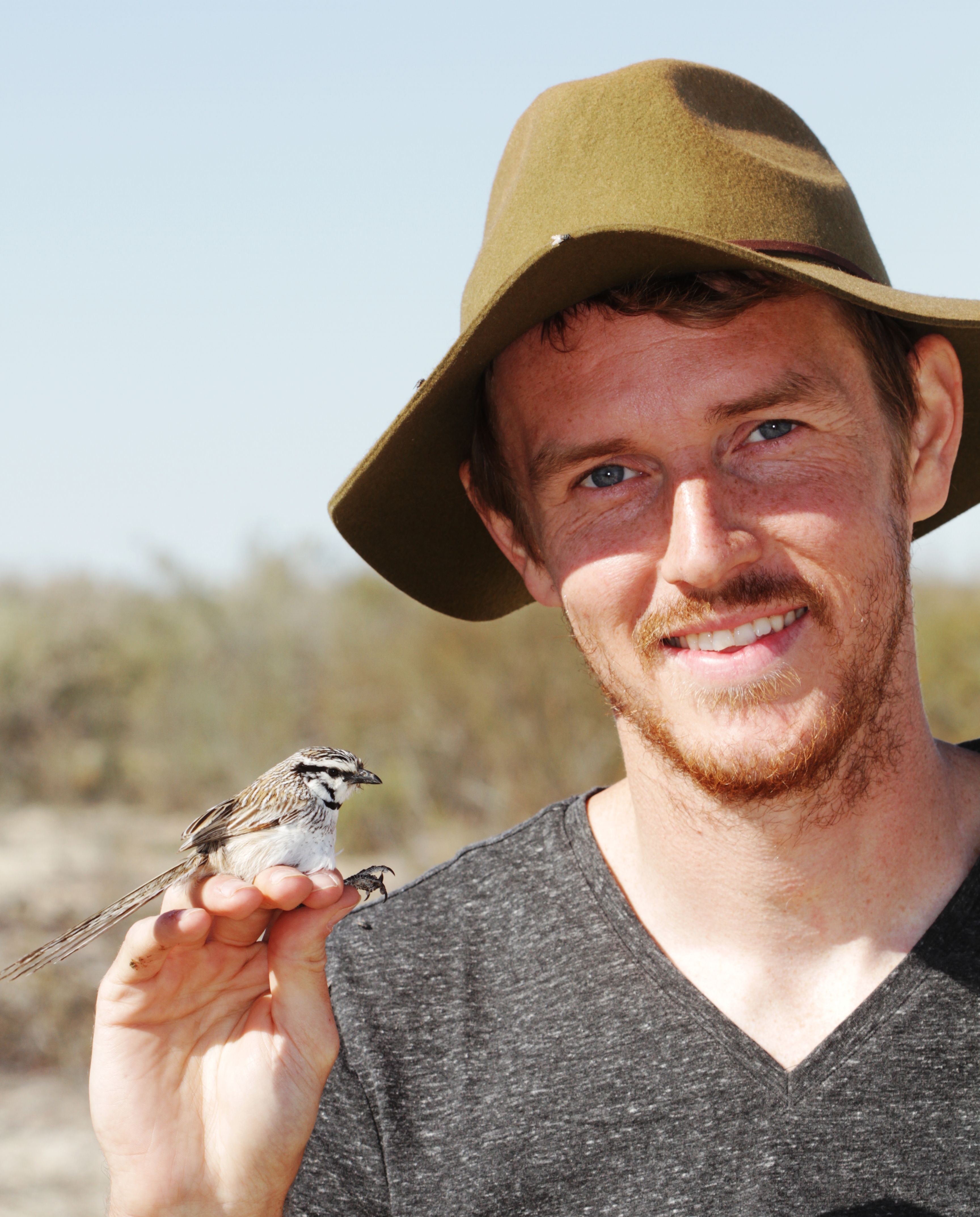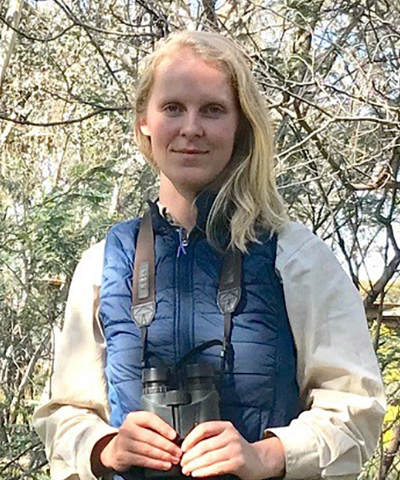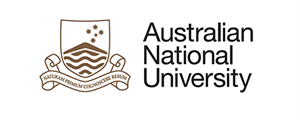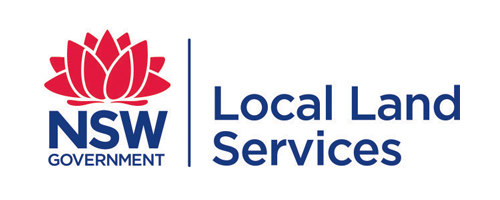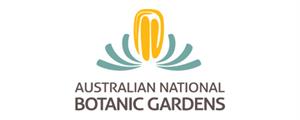
Research in Brief
Land clearing has resulted in the loss of approximately 85% of the box gum woodland vegetation community and what remains is often highly degraded. The woodlands are important to a number of threatened ground cover species including the Yass daisy. This project addresses the problem of how to best conserve this critically endangered vegetation community.
The project will run as an adaptive management experiment trialling and testing techniques while restoring ground cover species within threatened box-gum grassy woodlands. The research team will collaborate with key partners to develop best practice methods for propagating threatened plants off-site, and then reintroduce them into appropriate habitat, including on private property.

Yass daisies. Photo: Bindi Vanzella
Why is the research needed?
Land clearing has resulted in the loss of approximately 85% of ‘white box–yellow box–Blakely’s red gum grassy woodland and derived native grassland’ (box gum grassy woodlands), and what remains on private property is often highly degraded and impacted by ongoing grazing or other threats.
A number of threatened species rely on this habitat type, such as the Yass daisy (Ammobium craspedioides) and button wrinklewort (Rutidosis leptorhynchoides). Currently, we lack effective methods for returning threatened plants to areas of box-gum woodland from which they have been lost, or including them in revegetation and restoration projects aimed at bringing back this habitat type. Techniques are particularly lacking for ground cover plants like forbs (flowering herbs).
Methods are needed to improve conservation of box-gum grassy woodland conservation on private land. In addition to biodiversity benefits, past research shows involving private landowners in land restoration can have substantial benefits for the people themselves.
As much restoration will rely on plant material propagated from collected seed, there is a need to establish guidelines to achieve genetically viable plant populations. Guidance is also needed on the most effective propagation methods and techniques for reintroductions of threatened plants.

A Yass daisy plant. Photo: Bindi Vanzella
How will the research help?
The project will identify best practice approaches for establishing threatened forbs in agricultural landscapes. It will have direct application for the establishment of broad suites of threatened ground cover species of the endangered box gum grassy woodland ecosystem and derived native grassland vegetation communities.
The work will build on and feed into work underway through the Australian Network for Plant Conservation to develop guidelines for threatened plant translocations. It will also provide Greening Australia with information to help improve future on-ground establishment of threatened ground cover species in the woodlands.
The project will offer a practical case study of in-situ reintroduction, applying research on germination and propagation tested in ex-situ sites by Australian National Botanic Gardens. Further, the project will contribute significantly to the body of knowledge about the effects of grazing and bush rock removal and other threatening processes.
The project will contribute to a synthesis of best-practice monitoring and management of threatened species across the Threatened Species Recovery Hub. It will inform work being undertaken towards integrated recovery planning for threatened woodlands. It will also evaluate principles for establishing genetically viable plant population and propagation methods, as well as methods for monitoring to evaluate the effectiveness of reintroductions of threatened plants.
What research activities are being undertaken?
This project is an important experimental trial to test the effectiveness of direct replanting programs of endangered ground cover plant species under a range of grazing regimes.
This research builds on previous work to establish three form species for which viable seed was available: the yellow bulbine-lily (Bulbine bulbosa), variable plantain (Plantago varia) and yam daisy (Microseris lanceolate). Early indications are that these reintroductions were successful. Analysis will be conducted to assess factors contributing to the successful of the reintroductions of these species, in order to benefit reintroduction strategies and techniques for other threatened plant species such as the Yass daisy and the button wrinklewort.
Greening Australia also has seed stock for the button wrinklewort, a Threatened Species Strategy priority target species.
Greening Australia will propagate the Yass daisy using standard techniques to provide the tubestock ready for hand planting into previously established grazing and ungrazed plots, on farms that also have differing land use and grazing histories.
Who is involved?
The project work will be undertaken in collaboration with Greening Australia, Riverina Local Land Services, Central Tablelands Local Land Services, local Landcare groups, and around 12 private landowners on the Central Tablelands who are keen to see threatened local plant species return to their properties.
Where is the research happening?
The research is being carried out in the regions managed by the Central Tablelands Local Lands Services and Riverina Local Land Service, in an area within 100 km of Cowra, New South Wales.
When is the research happening?
The project will run for three years from 2018 to 2021.
Further information
For more information, please contact project leader:
Daniel Florance - daniel.florance@anu.edu.au
Top image: A meadow of Yass daisy. Photo: Bindi Vanzella

